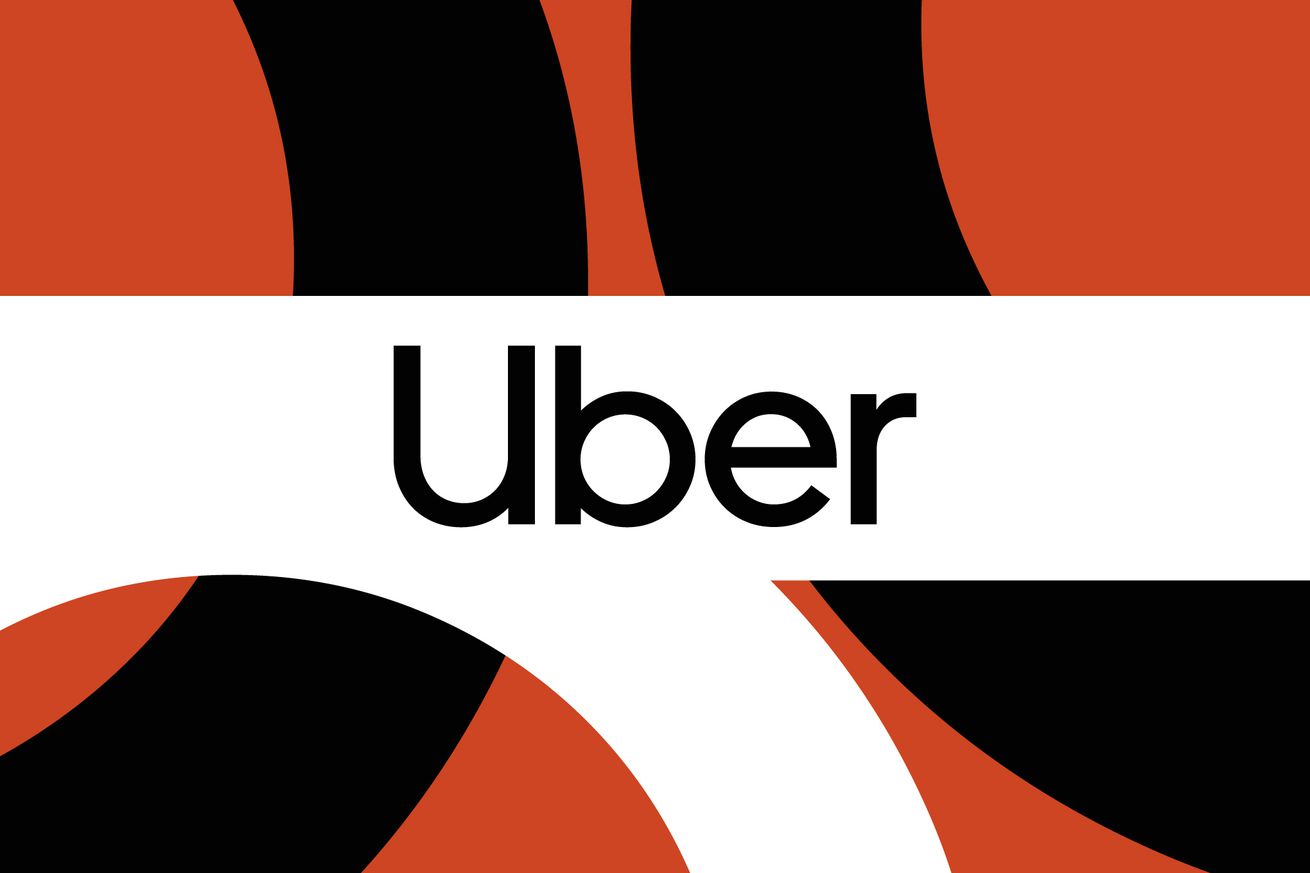
Uber’s about to stick video ads in its cars, apps, and anywhere else it can
Uber is about to start displaying video ads across its various service apps, including Uber Eats, Drizly (an Uber-owned alcohol delivery platform), and its namesake ride-hailing app. Announced via a press release on Thursday, full-length video ads — which will play on the main Uber app while users wait for their taxi to arrive — will begin rolling out to users in the US “over the coming weeks.” Uber hopes to entice advertisers with what it knows about its users.
“We have two minutes of your attention. We know where you are, we know where you are going to, we know what you have eaten,” said Uber ad exec Mark Grether to The Wall Street Journal. “We can use all of that to then basically target a video ad towards you.” Two minutes is roughly how long Uber estimates an average customer looks at the Uber app on a typical 15-minute long journey.
Video ads will play on the primary Uber app while users wait for their driver and during their trip
Grether says that the video ads, dubbed “Journey Ads,” will play in the Uber app during the rider’s trip, and that Uber additionally plans to install tablets in the seats of select Uber vehicles that will play ads to passengers. Uber Eats will similarly play video ads in the app after users have placed an order and are waiting for their food to arrive, and Drizley will start running video ads in the search results of both its app and website.
Uber will install tablets into vehicles on a city-by-city basis, and plans to roll out video ads into other markets like the UK, France, and Australia later this year. The video ads will be muted by default on all devices except in-car tablets and will run for up to 90 seconds. Uber hasn’t mentioned if users will be able to skip the ads. The company said that users can opt out of receiving ads that use targeted demographic data, like their gender or ride history, but will be unable to opt out of seeing the video ads entirely.
Uber isn’t the first ride-sharing company to introduce video ads, with Lyft already displaying them on in-car tablets in Los Angeles-based vehicles. Static ads are also a fairly recent addition to the primary Uber app, having been introduced in 2022 — the same year that Uber finally reported a positive cash flow after years of operating at a loss.

